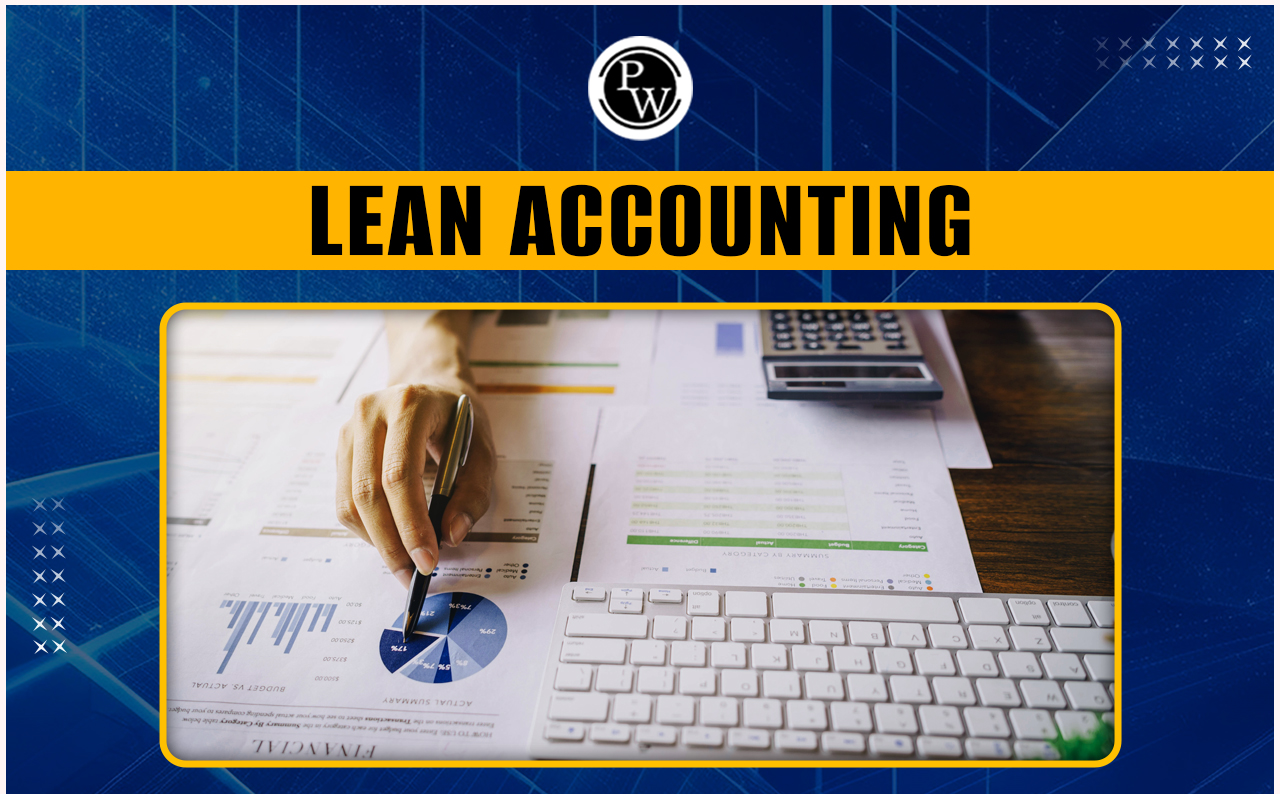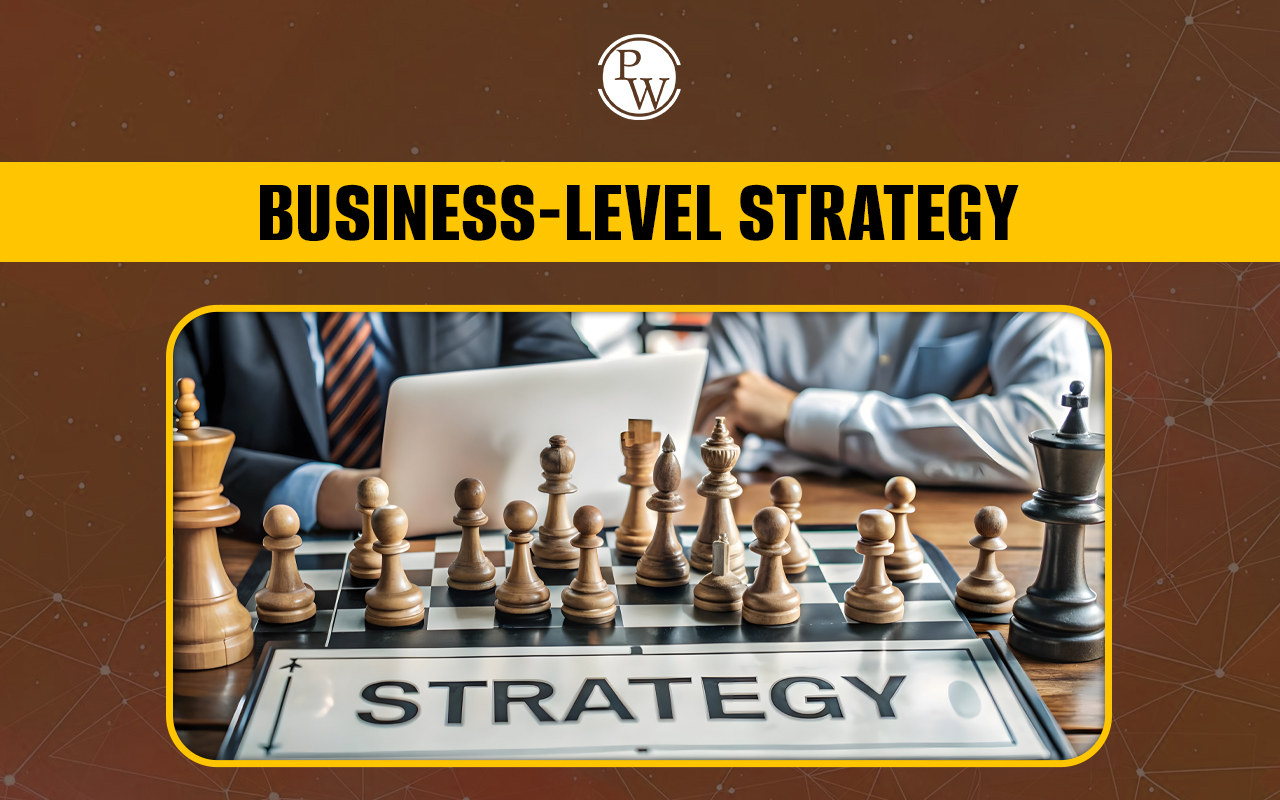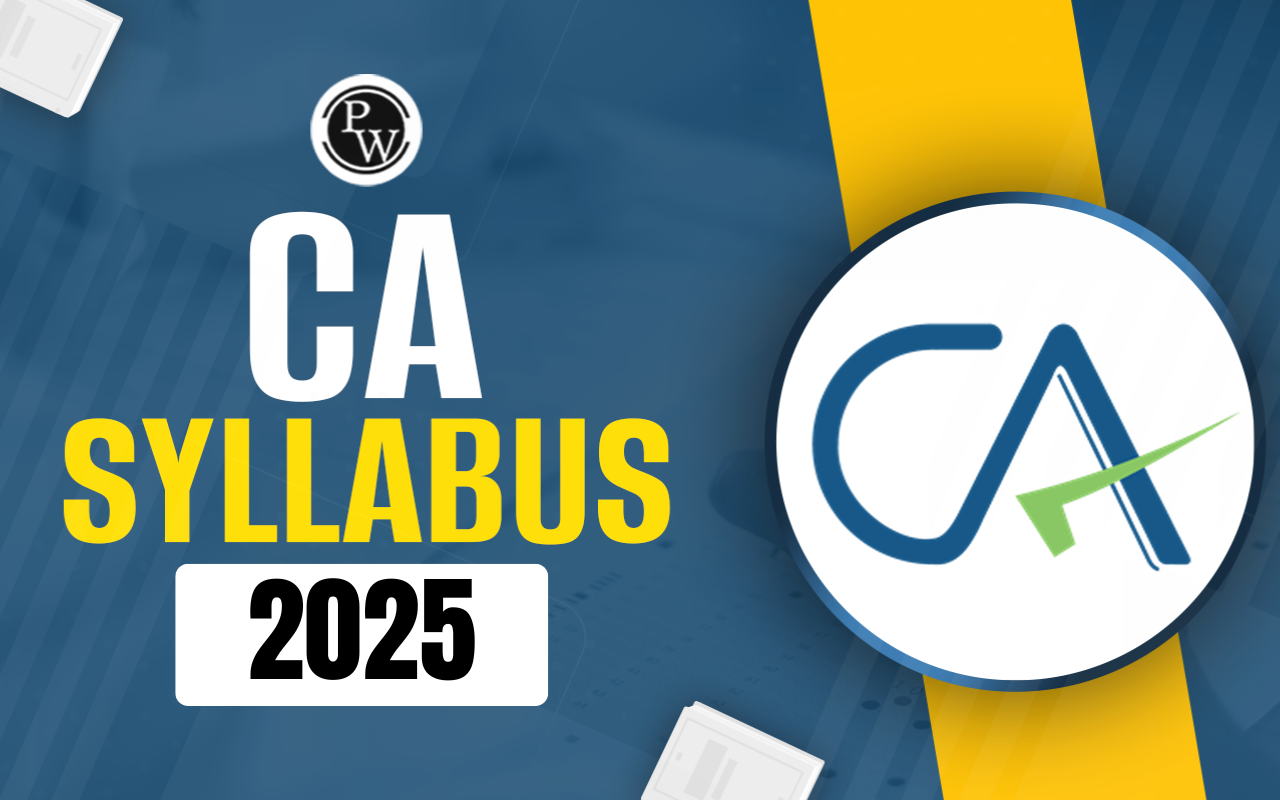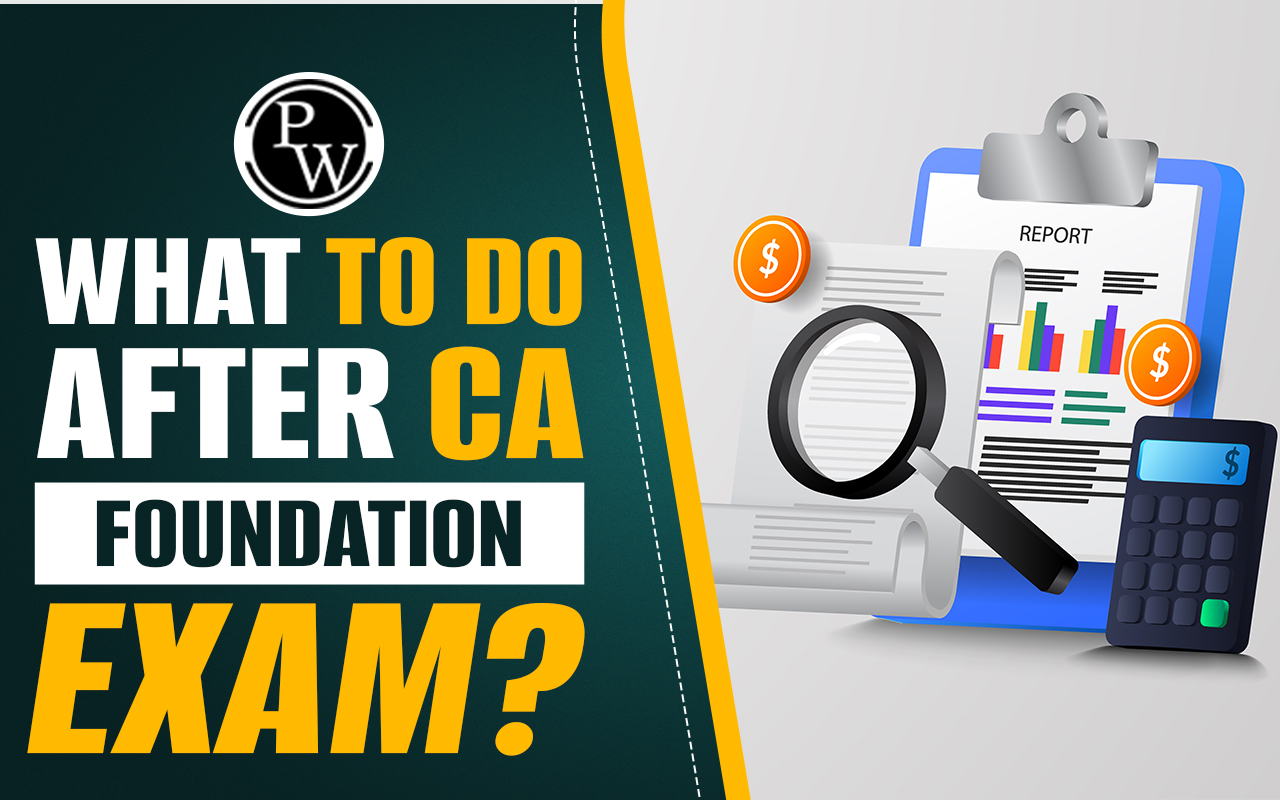

Absorption costing is a method businesses use to figure out the full cost of making a product. It adds up both the obvious costs (like materials and labour) and the less obvious ones (like factory rent). Think of it as finding out the total "spend" for each item they make. If you're aiming to be a Chartered Accountant (CA), it's super important to understand this because it helps businesses know how much they're spending and if they're pricing their products right.
What is Absorption Costing?
Absorption costing, also called full costing, is a way of figuring out how much it costs to make things. It adds up all the costs involved in making a product, like the materials, workers' pay, and the money spent on the factory, both the costs that change with how much you produce and the ones that stay the same. This method helps businesses see the complete picture of what it costs to make their products so they can make better choices.
Importance of Absorption Costing in Managerial Accounting
Absorption costing is important in accounting for a few key reasons:
- Getting Costs Right: It helps figure out how much it really costs to make something by considering all the costs involved.
- Following Financial Rules: Absorption costing follows the rules for financial reporting, which is important for showing a clear financial picture to the outside world.
- Setting the Right Prices: It helps decide how much to sell products for, making sure the price covers both the costs that change and the ones that stay the same so the business can make a profit.
- Finding the Real Profit: It helps see how much profit a product is really making because it includes all the costs related to making it.
Types of Absorption Costing
Absorption costing comes in various types, each with its unique way of assigning costs to products. These types offer flexibility in cost allocation for businesses. There are two primary types of absorption costing:
- Full Cost Absorption: Full cost absorption means you're counting all the costs of making a product. This includes the stuff you need to make it, the workers' pay, the costs that change when you make more, and the ones that stay the same. It gives you a complete picture of how much it really costs to make something. But remember, it has its downsides, too. So, it's like looking at the whole picture of what it costs to make a product.
- Variable Cost Absorption: Variable cost absorption is like looking at the costs that change when you make more products, like the materials, workers' pay, and some expenses that change with production. But it doesn't count the costs that stay the same, like rent and utilities. It's a simpler way to figure out the product cost because it doesn't include those fixed costs.
Advantages and Disadvantages of Full Cost Absorption & Variable Cost Absorption
Full cost absorption and variable cost absorption are two approaches to allocating manufacturing costs to products. Each method has its own set of advantages and disadvantages, catering to different accounting and decision-making needs. Let's explore the pros and cons of both approaches to gain a better understanding.
Advantages of full cost absorption:
- Helps set the right prices by showing all costs.
- Follow financial rules for clear reporting.
Disadvantages:
- Sometimes, the way fixed costs are divided might make costs seem wrong.
- It's not great for deciding things when production levels change a lot.
Advantages of Variable Cost Absorption:
- It's easier to understand and use because it focuses only on costs that change with production.
- Suited for internal decisions, especially when production levels fluctuate, as it doesn't allocate fixed overhead costs.
Disadvantages:
- It doesn't provide a full view of all production costs, which can lead to incomplete cost information.
- It doesn't comply with external financial reporting standards, which can be a drawback for transparency.
Comparison of Full cost Absorption & Variable Cost Absorption
Full cost absorption looks at all the expenses involved in making a product, offering a comprehensive view of its costs. This approach is particularly valuable for long-term planning and pricing decisions, aligning with financial reporting standards for external transparency.
On the other hand, variable cost absorption concentrates solely on the costs that shift with changes in production levels, providing insights into short-term cost fluctuations. While it's simpler and suitable for internal decision-making, it may not comply with external financial reporting standards. So, the choice between the two methods depends on the specific needs of a business, considering the time horizon and the level of detail required for cost analysis.
Methods of Absorption Costing
Absorption costing is a fundamental concept in managerial accounting, and it includes various methods for allocating costs to products. These methods offer businesses flexibility in how they track and assign costs to their goods and services. Let's explore some of the common methods of absorption costing.
- Traditional Absorption Costing: In this classic method, businesses assign fixed overhead costs by predicting how much they'll use certain activities. This helps calculate product costs. For example, they estimate how many hours a machine will run.
- Activity-Based Costing (ABC): ABC is a different way to do costing. It assigns costs based on the activities that actually make expenses go up. This can give a more precise idea of how much it really costs to make a product. For instance, it tracks how many hours a machine is really running, not just what was guessed in advance.
How does ABC differ from Traditional Absorption Costing?
Unlike the old-school way of costing, ABC looks at several factors that drive costs for different tasks. This gives a clearer picture of where money is spent. ABC's method, which zooms in on these factors, helps break down costs accurately, giving a better idea of how much each product really costs to make.
How to Calculate Absorption Costing?
To figure out the absorption costing for a product, follow this method:
Step 1: Add up the cost of materials and what you pay workers. This gives you the basic cost of making the product.
Step 2: Now, add in other costs that change based on how much you produce.
Step 3: Figure out the set costs that don't change, like rent.
Step 4: Spread these set costs over the product, maybe based on how many you made or how long machines ran.
Formula of Absorption Costing
The formula for absorption costing is:
Total Product Cost = Direct Materials + Direct Labor + Variable Overhead + Fixed Overhead
Example of Using the Formula to Calculate Product Cost:
Let’s consider a product with a direct materials cost of $50, direct labour cost of $30, variable overhead cost of $20, and fixed overhead cost of $40.
Using the absorption costing formula:
Total Product Cost = $50 + $30 + $20 + $40 = $140
Advantages and Disadvantages of Absorption Costing
Absorption costing is a key approach in figuring out product costs. Like any method, it has its benefits and drawbacks. Let's dive into the advantages and disadvantages of using absorption costing for business accounting.
Advantages of Absorption Costing:
- Precise Product Costs: It gives you a complete picture of what it really costs to make a product, helping you make better choices about prices and profits.
- Follows Financial Rules: It plays by the financial reporting rules, which is important for being transparent and following accounting standards.
- Informed Decisions: It helps in making smarter decisions about products, prices, and how to use resources because it counts all types of costs.
Disadvantages of Absorption Costing:
- Fixed Costs Guessing: Sometimes, the way fixed costs are divided might make costs seem wrong, which can affect how you make decisions.
- Volume Changes: It might not show how changes in production levels really affect costs, which could lead to wrong conclusions.
What are the Uses of Absorption Costing?
Absorption costing plays several essential roles:
- Inventory Valuation: It helps figure out how much the stuff a company has in stock is worth for financial reports, making sure all costs are included.
- Financial Reporting: Businesses use it to create reports that follow the rules, showing the company's financial health.
- Decision-Making: The data from absorption costing helps businesses decide on prices, what to make, and where to put their resources for better planning.
What are Examples of Absorption Costing?
Absorption costing is a popular way for many businesses to figure out their product costs. It's like getting the full story of what it costs to make something. Many industries use this method because it's so useful. So, if you work in finance or accounting, it's super important to know how it works. Check out the number of examples and stories from different business sectors below to get a better feel for how it's used in real life.
Numerical Examples of Absorption Costing:
Example 1: Let's look at an example in the electronic gadget industry. Imagine a company makes 1,000 gadgets, and here's what it costs:
- Materials: Rs. 50,000
- Workers' Pay: Rs. 30,000
- Variable Costs: Rs. 20,000
- Fixed Costs: Rs. 40,000
Now, to find the total cost of making those gadgets, you add all these up:
Total Cost = Direct Materials + Direct Labour + Variable Costs + Fixed Costs
In this case, it's Rs. 50,000 + Rs. 30,000 + Rs. 20,000 + Rs. 40,000, which equals Rs. 140,000. So, that's the total cost for making 1,000 gadgets using absorption costing.
Example 2: Let's look at another example in the apparel industry. Imagine a company makes 500 units of clothing, and here's what it costs:
- Materials: Rs. 25,000
- Workers' Pay: Rs. 15,000
- Variable Costs: Rs. 10,000
- Fixed Costs: Rs. 30,000
To find the total cost of making these clothes using absorption costing, you add all these costs together:
Total Cost = Direct Materials + Direct Labour + Variable Costs + Fixed Costs
So, it's Rs. 25,000 + Rs. 15,000 + Rs. 10,000 + Rs. 30,000, which equals Rs. 80,000. That's the total cost of making 500 units of clothing using absorption costing.
Example 3: Let's take a look at a pharmaceutical company making medications. They produce a batch of 2,000 units, and here are the costs:
- Materials: Rs. 40,000
- Workers' Pay: Rs. 20,000
- Variable Costs: Rs. 15,000
- Fixed Costs: Rs. 50,000
Now, using the absorption costing formula to find the total cost of making this batch:
Total Cost = Direct Materials + Direct Labour + Variable Costs + Fixed Costs
So, it's Rs. 40,000 + Rs. 20,000 + Rs. 15,000 + Rs. 50,000, which adds up to Rs. 125,000. That's the total cost for producing 2,000 units of medication using absorption costing.
Examples in Different Industries:
Here are some Absorption Costing examples in different industries:
Manufacturing Industry:
Imagine a company making gadgets like smartphones and laptops. They want to know how much each one really costs. So, they use absorption costing to add up everything like materials, labour, and both the costs that change and the ones that stay the same. This helps them set the right prices and see which products make the most profit.
Automobile Industry:
In the car world, they use absorption costing to see the true cost of making vehicles. This includes stuff like metal, workers, and both changing and fixed costs. This helps car makers understand the real cost, find ways to save money, and decide on prices and which cars to make.
Food and Beverage Industry:
Think about companies that make snacks, drinks, and packaged foods. They want to know how much it costs to make each item. So, they use absorption costing to add up the cost of ingredients, workers, and all the costs in the factory, like rent and machines. This way, they can set prices that are fair and still make a profit.
Pharmaceutical Industry:
In the world of medicine, they need to know exactly how much it costs to make drugs. So, they use absorption costing to count all the costs, from the ingredients to workers and both changing and fixed costs. This is important to follow the rules and make sure they price medicines right.
Apparel Industry:
In the clothing business, they use absorption costing to know the total cost of making clothes. They add up things like fabric, labour, and all the costs in the factory, whether they change or not. This helps them pick the right prices and decide what kind of clothes to make more of.
Electronics Industry:
Think about companies making electronics like TVs and cameras. They use absorption costing to see how much it costs to make these devices. They add up the cost of parts, workers, and all the factory costs, including the ones that don't change. This helps them see which products make money and decide on prices.
Aerospace Industry:
In the world of planes and spacecraft, they use absorption costing to find out how much it costs to build them. This means counting the costs of materials, specialized parts, workers, and all the factory costs. This is super important because aerospace projects are complicated and costly.
In all these industries, absorption costing is like looking at the whole picture of what it costs to make things, which helps businesses make smart decisions about pricing, products, and profits.
Absorption Costing Income Statement
The absorption costing income statement splits costs into two groups: costs that change and costs that stay the same. By doing this, it helps show how these costs affect the money a business makes. This report is really important because it helps companies see how well their products are doing and the health of their whole business.
Difference Between Absorption and Marginal Costing
Both absorption costing and marginal costing help find product costs, but they handle fixed overhead costs differently.
When to Use Each Method:
- Absorption costing is good for external reports and pricing products.
- Marginal costing is better for short-term choices and understanding how costs and sales are connected.
Difference in Fixed Overhead:
- Absorption costing adds fixed overhead to the product cost.
- Marginal costing treats fixed overhead as a separate cost that doesn't affect the product cost.
Difference Between Absorption and Variable Costing
Absorption costing and variable costing are two methods for figuring out product costs, and they handle fixed overhead costs differently.
The Key Difference:
- Absorption costing counts both variable and fixed costs when calculating product costs.
- Variable costing only includes the costs that change with production.
When to Use Each Method:
- Absorption costing is great for showing external reports and deciding on product prices. It tells the full cost story.
- Variable costing is handy for quick decisions, understanding how costs and sales connect, and how changes in production affect profit.
Treatment of Fixed Overhead:
- In absorption costing, fixed overhead costs go into the product cost, which means product costs can change as production levels do.
- However, in variable costing, fixed overhead costs are separate, and they don't affect product costs. So, the product costs stay the same no matter how much you produce.
Absorption costing is a crucial idea that CA (Chartered Accountancy) students need to understand well. It's important for showing the real financial picture and helps businesses make smart decisions. Knowing the various methods and how they affect product costs and profits is a must for success in the accounting world. By mastering absorption costing, CA students become experts in managing costs and can make a big difference in a company's success.
Absorption Costing FAQs
How does absorption costing work?
Can absorption costing make a company produce too much?
Why do businesses like using absorption costing?
Which companies might use absorption costing?
What's the formula behind absorption costing?











